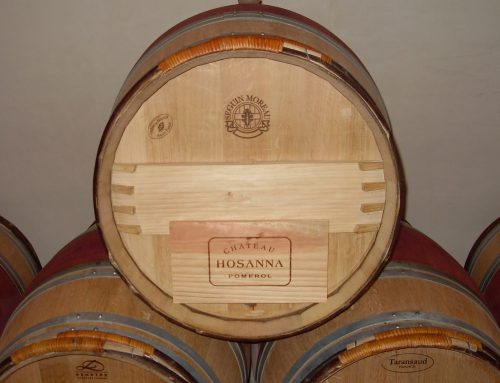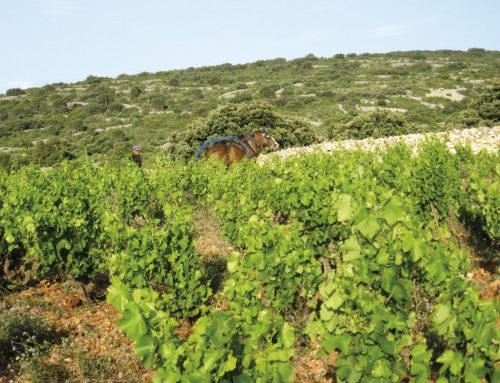Beaujolais Cru wines are not clearly understood by many wine consumers, but one good way to start learning about them is with a glass of Christophe Pacalet’s 2007 Chiroubles.
Beaujolais is a unique wine region. It occupies the southern tip of Burgundy, yet no one would consider it wines Burgundian, as they are made from different grapes, with different aromas and flavors, and they have a strikingly different price structure compared to its northern neighbors.
Beaujolais is locked into the mind of wine consumers as the place that gives us a light and frivolous November wine called Beaujolais Nouveau. And that wine is why many consumers don’t know Beaujolais’ best wines, Beaujolais Crus.
The 10 Beaujolais Crus stand atop the hierarchy which begins with the regional wine, Beaujolais, and proceeds to the next rung on the ladder, Beaujolais-Villages, which can be made from any of 39 designated villages.
The 10 Beaujolais Crus are from villages in the northern section of Beaujolais, on steep granite hills. Running north to south, they are: St.-Amour, Julienas, Chenas, Moulin-a-Vent, Fleurie, Chiroubles, Morgon, Regnie, Brouilly, and Cote de Brouilly. They are the only Beaujolais wines entitled to put their village name on the label.
While all Beaujolais is made from a one grape, Gamay, the differences are significant. Moulin-a-Vent and Morgon are the most structured, and in great vintages like 2005, wines from these two villages will age for decades gaining complexity and richness. Chiroubles, St.-Amour, and Brouilly are the other bookend of Beaujolais Crus: lighter and fruiter, wines from these villages are delightful in their first five years.
In 1999, Christophe Pacalet set aside his biochemistry and gastronomy careers to join his uncle Marcel Lapierre, a Beaujolais leader in organic winemaking.
After carbonic maceration, a technique used throughout Beaujolais that yields a soft, fruity character, Pacalet follows his uncle’s instruction in winemaking by not adding sulfur or artificial yeasts during fermentation. Pacalet places the wine in old barrels for six to 10 months of aging and than bottles without filtration, adding a limited amount of sulfur for balance and preservation.
The 2007 Christophe Pacalet Chiroubles is the current vintage in our market. A translucent raspberry color greets the eye and remarkable cinnamon, pepper, and red berry scents welcome the nose. Its classic delicate body carries a delightful blend of cranberry, strawberry and cinnamon flavors. This refined style was perfect with a juicy veal chop followed by a plate of ripe cheese made from cow and goat milk and sliced yellow heirloom tomato.
In May, I had the pleasure of enjoying the 2006 Chiroubles, which might still be in some wine shops. It has the same elegant style but more black cherry flavor. It was served with a duck breast and Gruyere souffle.
Wine consumers used to drinking the blackish, oak-influenced, 14.5 percent to 15.5-percent alcohol New World wines (and too many imitators from Italy and Spain) might find Chiroubles and Beaujolais Crus wines light and faint on the palate. But they are no more insubstantial than Vivaldi is after a regiment of listening to Beethoven. And at 12.5-percent alcohol, your palate won’t be fatigued and you’ll have an easier time driving home.
The 2007 Christophe Pacalet Chiroubles retails for approximately $21.







Leave A Comment